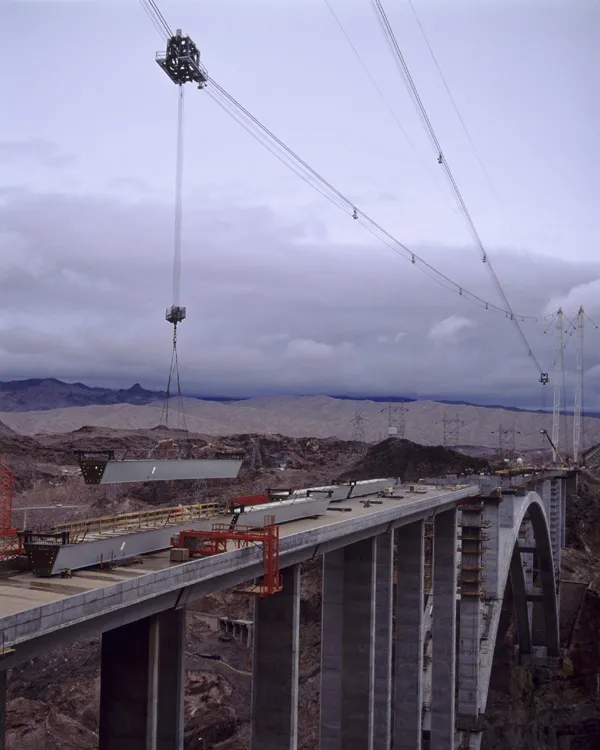The state Government in New South Wales (NSW), Australia is making a major investment designed to boost road safety. Some US$156 million (A$170 million) is being set aside.
May 3, 2012
Read time: 1 min
RSSThe state Government in New South Wales (NSW), Australia is making a major investment designed to boost road safety. Some US$156 million (A$170 million) is being set aside. This will be used for a number of projects including improving truck safety and upgrading local roads. Mobile speed cameras using the latest digital technology will also be used, along with cameras to detect red light running. NSW also plans to increase the charges for speeding fines by 5%. The red light cameras will also feature speed detection capabilities.







